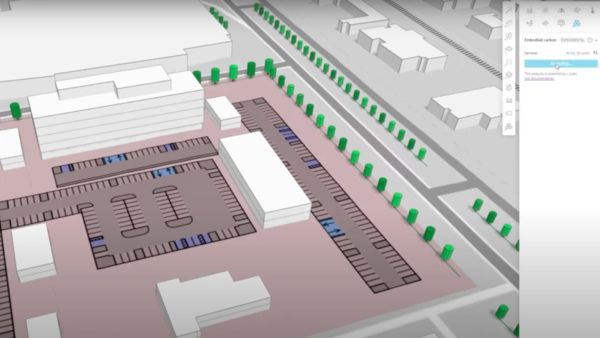
Instead of vaguely worded method statements, clients should expect pre-contract 4D BIM in response to requests for proposals providing early insight into how the contractor intends to mitigate major construction risks.– David Shepherd
David Shepherd, a BIM manager and author of the new BIM Management Handbook, says that economics theory sheds light on how BIM is transforming contract relationships.
If you’ve ever had to ask your mechanic for a major repair quote and observed the all-too-familiar eye-roll and sharp intake of breath that preceded his reply, then you’ve experienced the very thing that BIM seeks to thwart, namely, information asymmetry.
Information asymmetry is a term used in contract theory and economics to describe transactions where one party has more or better information than the other. In writing the book, BIM Management Handbook for RIBA Publishing, it became ever clearer that the project-wide provision of BIM, defined as “a shared knowledge resource for information about a facility forming a reliable basis for decisions during its lifecycle”, strikes at the very issues that leave us vulnerable to “information asymmetry”.
Information asymmetry in turn causes three types of problems, well known to economic theorists, that BIM can counteract:
1. Moral hazard, or one party in a contract underperforming because it knows that others will carry the risks. There is always the post-contractual risk that some parties could “cut corners” where detailed monitoring data is lacking.
In contrast, if implemented correctly, the new age of “information symmetry” heralded by BIM will deliver hitherto unachievable improvements in cost certainty, quality and safety. The information-rich model environment provides the initial nucleus of data that supports client “self-service” monitoring of every aspect of project delivery, including material quality, installation, commissioning and handover processes.
2. Adverse selection, or the fact that buyers can select only from suppliers that put themselves forward, where these suppliers might be withholding critical information. As an example, sustainability credentials are very influential in winning work. However, in the absence of historical data on the “as-designed” versus “in-use” resource consumption for completed projects, what objective proof is there that a given firm’s previous work has truly been successful in this regard?
Again, the BIM process generates a complete database of facility spaces that can eventually be correlated to both the consumption predicted by the designer and the completed facilities’ sub-metered water and energy usage. Thereby, clients will be able to review historic information demonstrating that post-occupancy outcomes compare favourably with what the designer intended.
3. Hold-up, where a client is critically dependent on a particular supplier. The client might contract the works without adequate detail on proposed specialised methods and materials. Post-contract, variations may be claimed for the added risk and cost incurred by the previously undisclosed methods and materials.
Beyond 3D, BIM provides time-lapse animations to clarify how specialised construction sequences will be carried out – known as 4D BIM. Instead of vaguely worded method statements, clients should expect pre-contract 4D BIM in response to requests for proposals providing early insight into how the contractor intends to mitigate major construction risks. This should reduce the customary levels of contingencies and variations that tend to inflate construction costs.
So, it’s this brave new world of transparency on cost, time and quality that BIM beckons forth. Yet, this era of information symmetry represents, at once, both a threat to existing price justification and a great opportunity for cost reduction.
And it’s the same with my mechanic. He opposes the kind of information symmetry BIM can bring when quoting me for his repair services… but supports it when he’s sourcing parts for my car!
The BIM Management Handbook is published by RIBA Publishing, £40. Click here to buy it.















